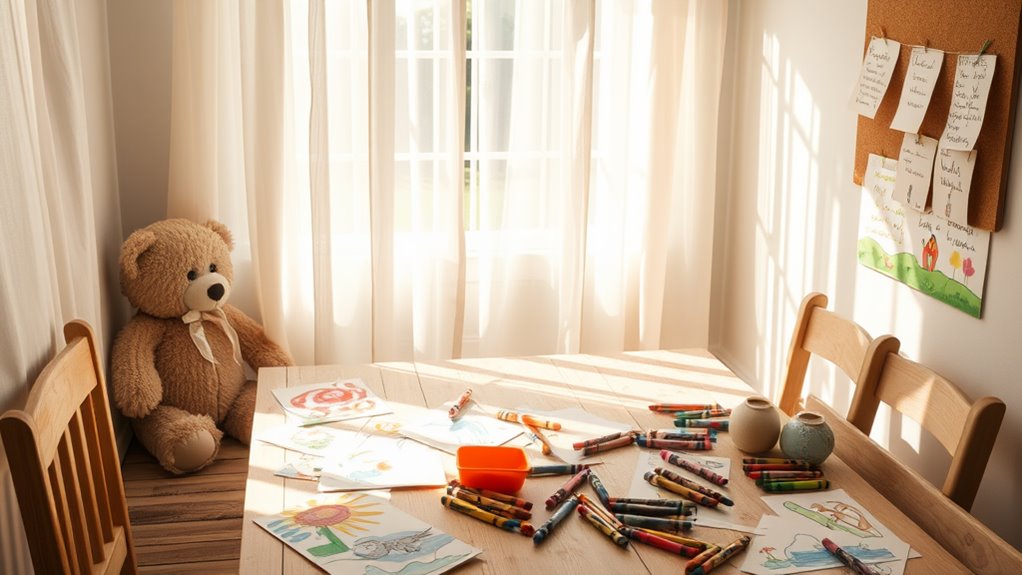What Happens When You Write to Your Inner Child
When you write to your inner child, you’re not just putting words on a page; you’re opening a door to a part of yourself that often gets overlooked. This practice can stir up emotions you didn’t realize were there, leading to insights about your current life. As you explore this connection, you might find unexpected feelings surfacing, prompting you to consider what they mean for your journey ahead. What will you discover about yourself?
Understanding Your Inner Child
When you explore the concept of your inner child, you’re tapping into a vital part of your psyche that holds your early experiences, emotions, and creativity.
This inner child reflects your authentic self, often buried under adult responsibilities and societal expectations. By acknowledging this part of you, you can reconnect with lost joys and passions.
Healing through journaling becomes a powerful tool, allowing you to express emotions and confront past traumas. Through writing, you give voice to your inner child, fostering understanding and acceptance. Developing Emotional Intelligence through this process can enhance your ability to understand and manage your feelings.
Embrace this journey; it can lead to profound personal growth and emotional healing.
Techniques for Writing to Your Inner Child
Reconnecting with your inner child opens the door to powerful healing, and writing can be a transformative way to nurture this relationship.
Start by setting a calm environment, free from distractions. Use a journal dedicated to your inner child, letting your thoughts flow freely without judgment. Write letters to your younger self, expressing love, understanding, and validation.
You can also create dialogues between your adult self and your inner child, exploring feelings and memories. Don’t hesitate to draw or doodle, allowing creativity to deepen your connection.
Benefits of Connecting With Your Inner Child
Connecting with your inner child offers profound benefits that can enhance your emotional well-being. By acknowledging this playful aspect of yourself, you unlock creativity and joy that might’ve been stifled over time.
You’ll gain insights into your fears and desires, allowing for deeper self-understanding. This connection also fosters self-compassion, helping you to forgive past mistakes and embrace your authentic self.
As you nurture this relationship, you’ll experience greater resilience in facing life’s challenges. Ultimately, connecting with your inner child encourages a sense of freedom and playfulness, enriching your daily experiences and promoting a more fulfilling life. Additionally, embracing your inner child can lead to improved mental well-being through practices such as gratitude journaling, which fosters a mindset of positivity and awareness of joyful moments.
Personal Experiences and Transformations
Many people find that writing to their inner child sparks profound personal transformations. You might discover hidden emotions, like sadness or anger, that you’ve tucked away.
As you express these feelings, you create space for healing and self-acceptance. You may even revisit joyful memories, reigniting a sense of playfulness and wonder.
This process often leads to a deeper understanding of your current challenges and behaviors. By nurturing your inner child, you empower yourself to break free from limiting beliefs. Importantly, this practice aligns with the principles of self-care as it fosters emotional balance and strengthens your connection to personal needs.
Ultimately, you’ll find renewed confidence and a clearer path forward, embracing your true self with compassion and love.





